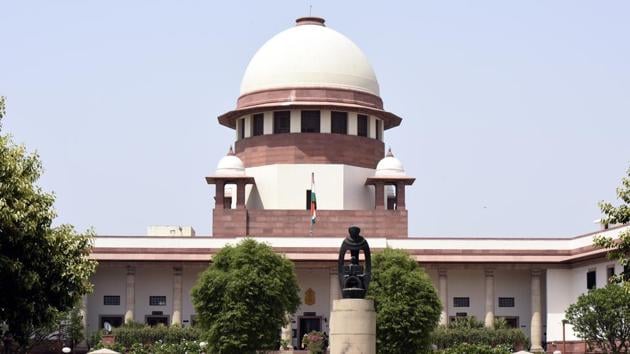Supreme Court didn’t rely on ASI report to decide Ayodhya dispute. Here’s why
Lawyers representing the Hindus had relied heavily upon the ASI report to assert their right over the 2.77 acres of land and argument that a temple was pulled down to construct the mosque. Muslims questioned the correctness of the ASI report that spoke of the presence of 12th-century-old Hindu Temple beneath the disputed site.
The Archaeological Survey of India’s (ASI) excavation report on the disputed site in Ayodhya failed to arrive at a conclusive finding on whether a Hindu temple was demolished to construct a mosque at the spot and was of little help to the five-judge bench led by Chief Justice Ranjan Gogoi that gave a unanimous verdict paving way for the construction of the Ram Temple at the contentious spot. Justices SA Bobde, DY Chandrachud, Ashok Bhushan and SA Nazeer were the other judges on the bench.

Lawyers representing the Hindus had relied heavily upon the ASI report to assert their right over the 2.77 acres of land and argument that a temple was pulled down to construct the mosque. Muslims questioned the correctness of the ASI report that spoke of the presence of 12th-century-old Hindu Temple beneath the disputed site. The Muslim side contended structures that came to be revealed during the course of the excavation were of an ‘Idgah’ or ‘Kanati Masjid.”
ASI submitted its report on 22 August 2003 after carrying out the excavation on the orders of Allahabad High Court to ensure impartiality and transparency.
The five-judge-bench, however, did not find any evidentiary value in the ASI’s report to decide the title suits filed by the contesting parties. “A finding of title cannot be based in law on the archaeological findings which have been arrived at by ASI…… Title to the land must be decided on settled legal principles and applying evidentiary standards which govern a civil trial,” the court said. Sunni Waqf Board’s Idgah defence was dismissed by the court as an afterthought.
ASI report, the bench said, had not specifically opined whether a temple was demolished for the construction of the disputed structure (mosque). What emerged from the report was that the mosque utilized the foundation and material of an underlying structure believed to be a non-Islamic structure.
“The ASI report has left unanswered a critical part of the remit which was made to it, namely, a determination of whether a Hindu temple had been demolished to pave way for the construction of the mosque. A determination of title was not obviously within the remit of ASI,” the judges said.
ASI also found that the pillars used in the mosque’s construction were black Kasauti stone pillars but it found no evidence to show that these pillars are relatable to the underlying pillar bases found during the course of excavation in the structure below the mosque.
The findings of the ASI revealed the mosque was not constructed on vacant land. The underlying non-Islamic structure, presence of which ASI confirmed, was at least of equal, if not larger dimension than the disputed structure. Artefacts, including architectural fragments, which have been recovered during excavation, have a distinct non-Islamic origin.
“Between the twelfth century, to which the underlying structure is dated, and the construction of the mosque in the sixteenth century, there is an intervening period of four centuries. No evidence has been placed on the record in relation to the course of human history between the twelfth and sixteen centuries,” the court said.
It, however, rejected the argument of Muslims that the exercise to draw inferences from ASI data would hypothetical and conjectural. “…it would be a disservice both to the discipline and to the underlying process,” the court said. Process of drawing inferences from data is an essential element of archaeology as a discipline, it held.






